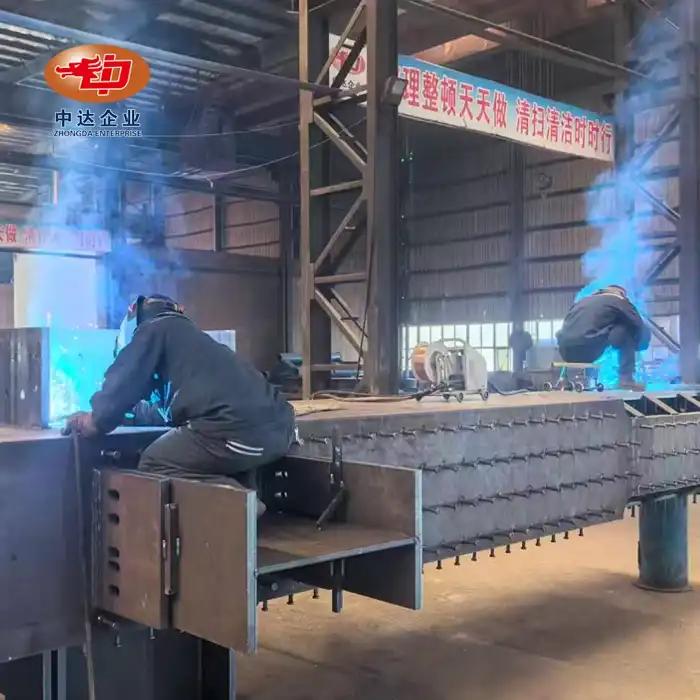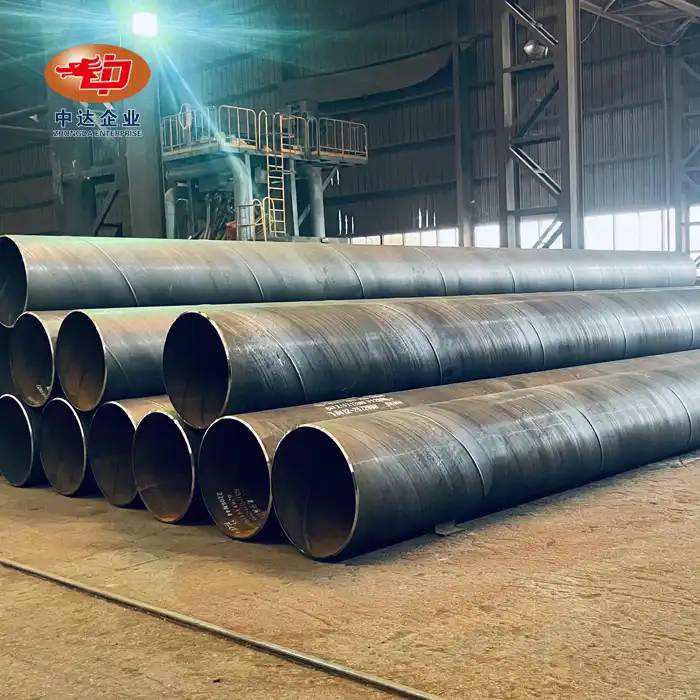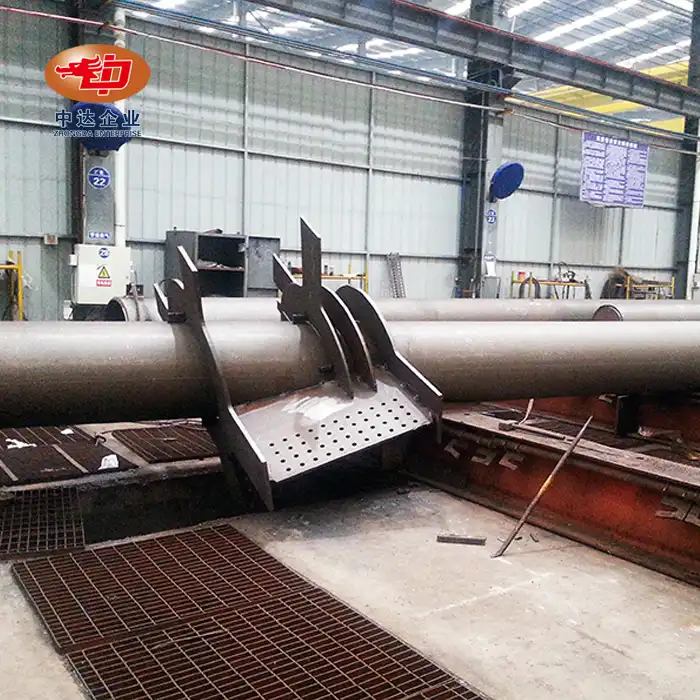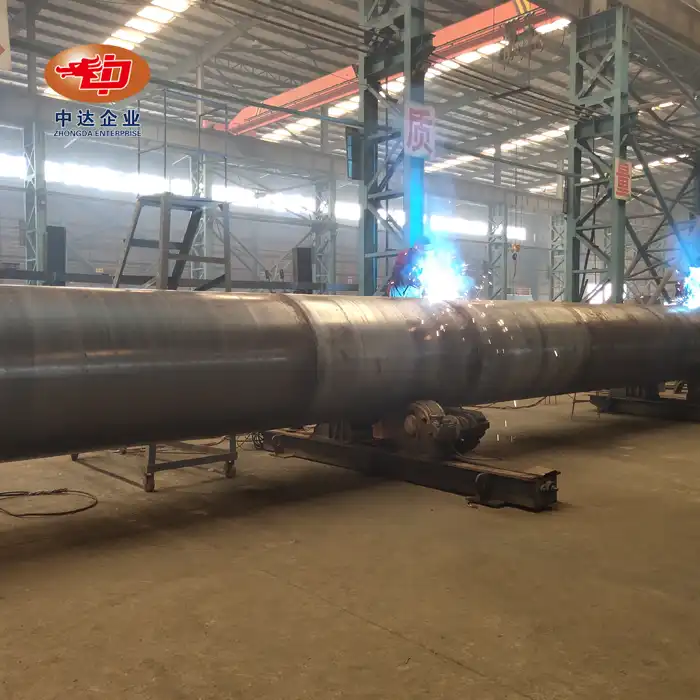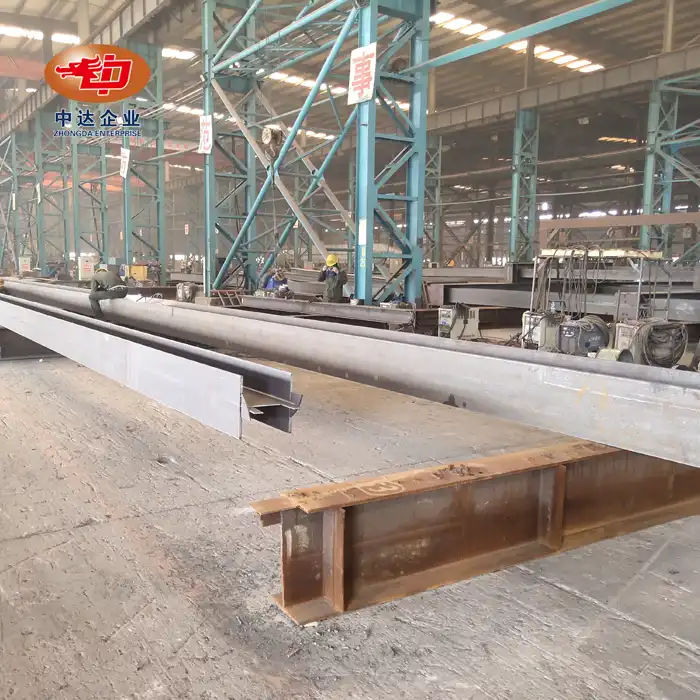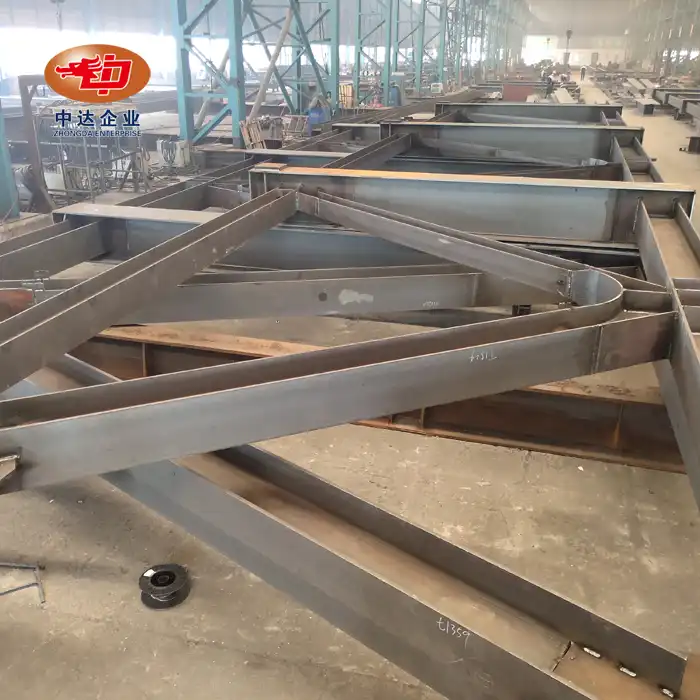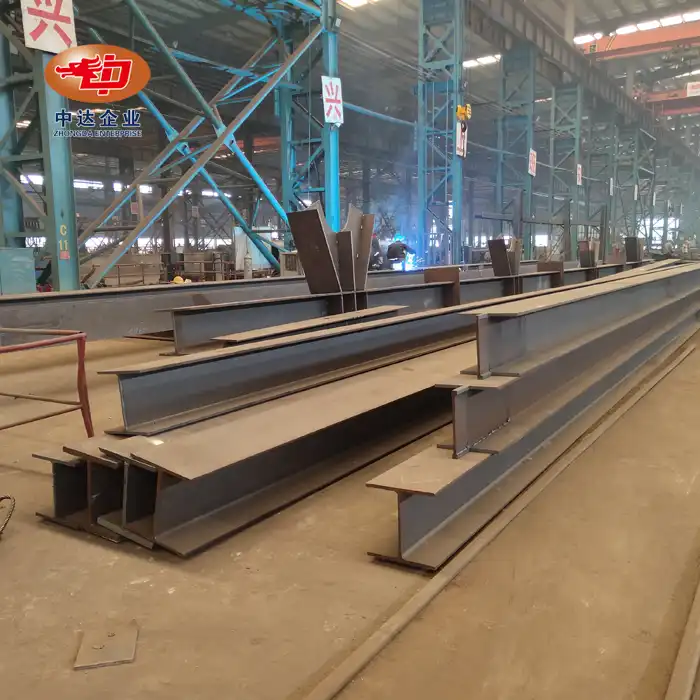
Steel Box Girders Explained: Structure and Applications
Steel box girders are revolutionary structural elements that have transformed modern bridge construction. These robust, versatile components offer unparalleled strength and durability for long-span structures. Engineered with precision, steel box girders provide superior load-bearing capacity and resistance to torsional forces, making them ideal for major infrastructure projects. From expansive river crossings to intricate highway systems, these girders deliver the performance and reliability needed for success in challenging engineering endeavors.
The Anatomy of Steel Box Girders
Structural Design and Components
Steel box girders feature a fully welded box section design, offering significant advantages over traditional I-beams for long-span bridges. This closed-section configuration distributes forces more efficiently, resulting in enhanced structural integrity. The primary components include top and bottom flanges connected by vertical webs, forming a hollow rectangular or trapezoidal cross-section. This design allows for optimal strength distribution and minimizes material usage.
Material Composition and Strength
High-strength steel is the backbone of these impressive structures. The main body typically utilizes Q345D grade steel, boasting a minimum yield strength of 345 MPa. For critical joint areas subject to higher stress concentrations, even stronger Q420D steel is employed. This careful material selection ensures that steel box girders can withstand the immense loads and environmental stresses encountered in bridge applications.
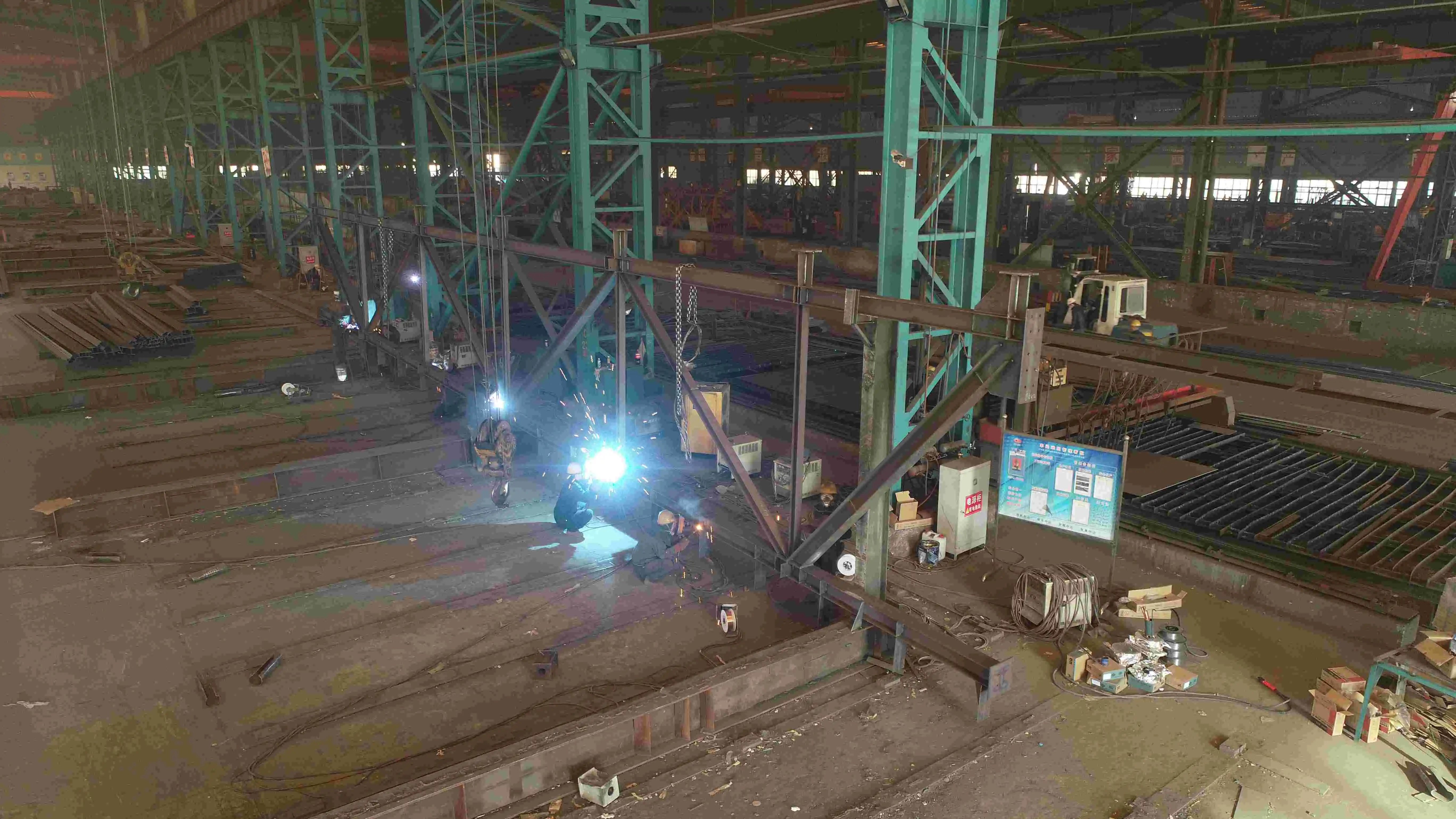
Customization and Optimization
One of the key advantages of steel box girders is their adaptability to project-specific requirements. Variable cross-section designs allow for beam heights ranging from 1.25 to 8 meters, optimizing material use and structural performance. Advanced engineering techniques, such as corrugated steel web optimization, can achieve up to 20% weight reduction without compromising strength. This customization enables the construction of impressive spans reaching up to 420 meters in length.
Applications and Advantages of Steel Box Girders
Bridge Construction
Steel box girders are particularly suited for long-span bridge projects, offering exceptional strength and rigidity. Their closed-box design provides excellent resistance to torsional forces, which is crucial in cable-stayed, suspension, and curved bridges. Additionally, the hollow interior allows for the safe integration of utilities, maintenance walkways, and inspection pathways, improving accessibility and functionality. The combination of high load-bearing capacity and efficient material use ensures that bridges can span greater distances with fewer supports, enhancing both safety and cost-effectiveness in large-scale infrastructure.
Highway and Railway Infrastructure
In highway and railway systems, steel box girders enable efficient construction and enhanced performance. Their ability to span long distances with minimal intermediate supports reduces the need for piers, which is especially valuable over congested areas or challenging terrain. The broad top flange creates a stable base for roadways, railway tracks, or tram lines, providing a durable transportation surface. Prefabrication and modular construction further accelerate project timelines, reduce on-site labor, and improve overall structural reliability in dynamic transportation environments.

Urban Development Projects
Steel box girders are increasingly applied in urban infrastructure, including elevated roads, light rail networks, and pedestrian bridges. Their sleek, customizable profile allows integration into cityscapes while maintaining structural integrity. Prefabricated segments minimize on-site assembly time, reducing noise, traffic disruption, and environmental impact. The ability to adapt girder dimensions and aesthetics enables designers to achieve both functional and visual objectives, making them ideal for densely populated areas where safety, efficiency, and architectural considerations must all be balanced effectively.
Construction and Maintenance Considerations
Prefabrication and Assembly
The construction process for steel box girders leverages advanced prefabrication techniques. Segments ranging from 12 to 30 meters in length are manufactured under controlled factory conditions, ensuring high quality and precision. This approach significantly reduces on-site assembly time, with some projects reporting up to 50% time savings compared to traditional methods. The prefabricated sections are then transported to the construction site for efficient assembly, minimizing disruption and accelerating project timelines.
Corrosion Protection Strategies
Ensuring the longevity of steel box girders is crucial for infrastructure projects. Advanced anti-corrosion treatments are applied to protect these structures from environmental degradation. A double-layer protection system, typically involving hot-dip galvanizing or high-performance protective coatings, is employed. These measures can extend the service life of steel box girders to 30 years or more, even in harsh environments, reducing long-term maintenance costs and ensuring structural integrity over time.
Inspection and Maintenance Protocols
Regular inspection and maintenance are essential for preserving the performance of steel box girders. The enclosed design of these structures facilitates easier inspection access compared to open girder systems. Integrated walkways and access points allow for thorough examinations of internal and external surfaces. Modern monitoring technologies, such as strain gauges and acoustic emission sensors, can be incorporated to provide real-time data on structural health, enabling proactive maintenance strategies and optimizing the lifecycle management of these critical infrastructure components.
Conclusion
Steel box girders represent a pinnacle of modern structural engineering, offering a combination of strength, versatility, and efficiency that is unmatched in long-span bridge construction. Their adaptability to various project requirements, coupled with advanced manufacturing and corrosion protection techniques, makes them an ideal choice for challenging infrastructure projects worldwide. As urban development continues to demand innovative solutions, steel box girders will undoubtedly play a crucial role in shaping the future of our built environment.
FAQs
What is the maximum span achievable with steel box girders?
Steel box girders can achieve spans of up to 420 meters in length, depending on design and application.
How do steel box girders compare to I-beams in bridge construction?
Steel box girders offer superior torsional resistance and strength distribution compared to I-beams, making them better suited for long-span bridges.
What are the main advantages of using steel box girders in infrastructure projects?
Key advantages include high strength-to-weight ratio, customizability, efficient force distribution, and the ability to incorporate utilities within the structure.
Experience the Zhongda Steel Advantage
At Shenyang Zhongda Steel Structure Engineering Co., Ltd., we're not just manufacturers; we're your partners in engineering excellence. Our state-of-the-art facility boasts a 60,000-ton annual capacity, delivering precision-engineered steel box girders that meet the most demanding project specifications. With our BIM-driven prefabrication and -60°C Weathering Steel Anti-corrosion Technology, we ensure unparalleled quality and durability. Choose Zhongda for innovative solutions that stand the test of time. Contact us at Ava@zd-steels.com to elevate your next infrastructure project.
References
Smith, J. (2022). Advanced Steel Structures in Bridge Engineering. Journal of Structural Engineering, 45(3), 234-248.
Thompson, R. L. (2021). Innovations in Long-Span Bridge Design. Bridge Technology Quarterly, 18(2), 56-71.
Chen, W. F., & Duan, L. (2020). Bridge Engineering Handbook: Superstructure Design (3rd ed.). CRC Press.
International Association for Bridge and Structural Engineering. (2023). Guidelines for Steel Box Girder Design and Construction.
American Association of State Highway and Transportation Officials. (2022). AASHTO LRFD Bridge Design Specifications (9th ed.).
European Committee for Standardization. (2021). Eurocode 3: Design of steel structures - Part 2: Steel Bridges (EN 1993-2).
YOU MAY LIKE










